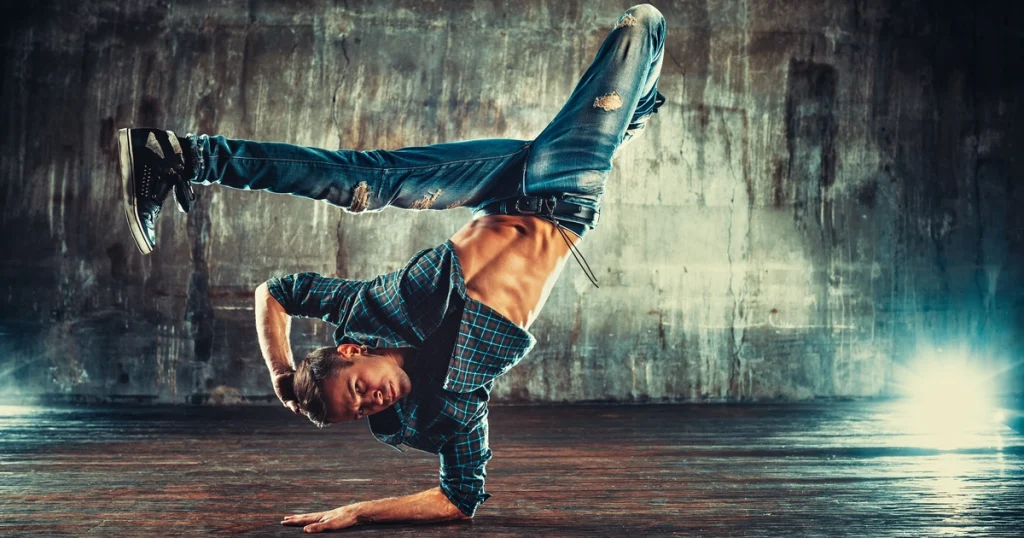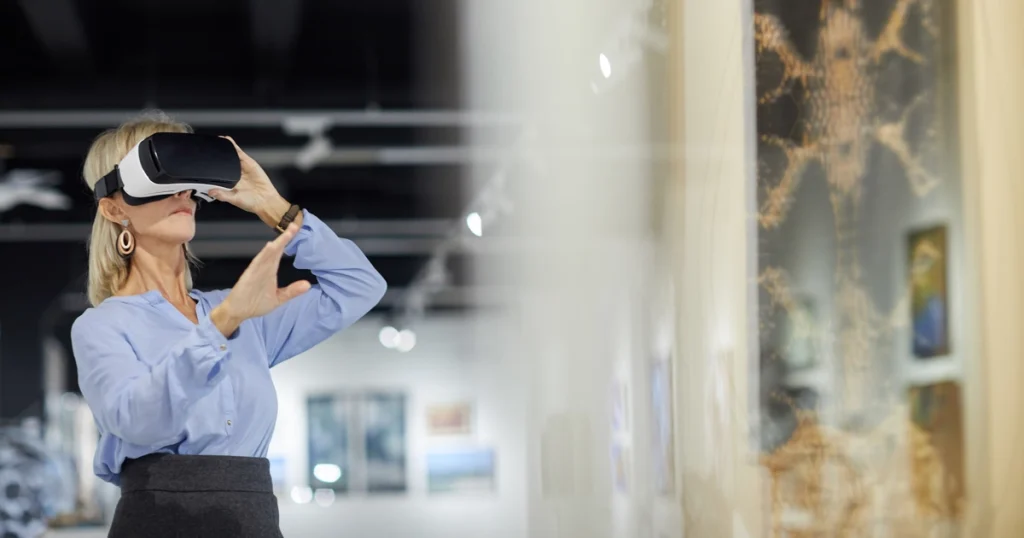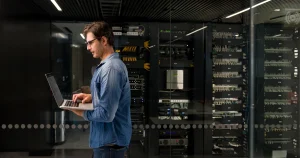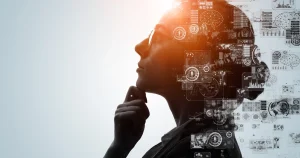The era of AI art has arrived! This article explores the future of art and expression as envisioned by generative AI and delves deep into the possibilities for artists and technology.
Evolution of AI Art|From Computers to Deep Learning

Historical Changes in AI Art
AIArt.causesourcedates back to the early computer art of the 1960s.
The 1968 Cybernetic Serendipity exhibition was a landmark event that showcased computer-generated art on a large scale for the first time. The exhibition featured computer-generated poetry, music, graphics, and more, demonstrating to the world the possibilities of combining technology and art.
Later, in the 1970s and 1980s, artistic expressions using mathematical algorithms developed, such as fractal art and algorithmic art. For example, Benoit Mandelbrot's "Mandelbrot Set" generated beautiful patterns on the complex number plane, blurring the boundary between mathematics and art.
In the 1990s, evolutionary art using genetic algorithms emerged. Carl Sims' "Galapagos" (1997) demonstrated the fusion of artificial life and art by generating interactive organism-like forms that evolve through the choices of the audience.
Contemporary AI Art|The Revolution Brought to You by Deep Learning
Entering the 21st century,Breakthrough in deep learning technologyAI art has entered a new phase with the
In particular, in 2014 by Ian Goodfellow et al.GAN (Hostile Generative Network)was proposed, the quality of image generation by AI has improved dramatically; GANs can produce extremely realistic images by having two competing neural networks, a generator and a discriminator.
For example,NVIDIA's StyleGANHa,Generates a high-resolution photo of the face of a person who does not existand its quality is improving year by year. More recently, AI that generates images from text, such as OpenAI's DALL-E 2 and Stable Diffusion, have appeared, expanding the possibilities for artistic expression through language.
These AIs can generate novel images such as "penguins flying in space" or "Renaissance-style robots" that are beyond human imagination.
Diversity of AI Art|Possibilities for Expression

Generative AI Art|A New Form of Creation
Technology that allows AI to generate its own images, music, and text is opening up new possibilities for artistic expression.
For example, poems generated using OpenAI's GPT-4o have achieved such quality that they have been compared to those written by human poets. In the field of music, Google's Magenta project has garnered attention: Magenta aims to use machine learning to create new music and art, and in "Bach Doodle," it has released an AI that takes a user-input melody and harmonizes it in the style of J.S. Bach AI is now available.
In addition, AI has attempted to write novels; in 2016, an AI-written novel, "The Day a Computer Writes a Novel," was a first-round selection for Japan's Shinichi Hoshi Award and made headlines.
Style Transformation AI Art|Reproduction and fusion of artistic styles
The technique of transforming existing images into the style of famous painters is gaining attention as a new method of art education and creation.
In 2015.Gatys et al.presented a paper that introduced a technique for applying the style of Van Gogh's "Starry Moonlit Night" to other images. Many applications of this technique are now available. For example,Prisma Appcan transform users' photos into a variety of artistic styles, spreading the joy of AI art to the general public. Artist Refik Anadol also uses machine learning to visualize large amounts of data in his work. His "Machine Hallucinations" series of abstract video works, generated by AI that learns from photographs of cities and images of nature, presents a new relationship between data and art.
These examples show that AI art is not just a technological advancement,Expanding human creativitySh,New Possibilities for Artistic Expressionthat is opening up a new world. In the next chapter, we will look more closely at the technological advances that AI art brings.
Technological Advances in AI Art|Expanding Creative Possibilities

Deep learning improves expressive power
AI's improved learning capabilities are enabling more complex and diverse representations.
For example, NVIDIA's StyleGAN is capable of generating high-resolution human images, and its quality is improving year by year. StyleGAN3, announced in 2021, enables continuous deformation of images and is expected to be applied to video generation.
Multimodal AI|The Art of Integrating Multiple Senses
Recent research has led to the development of multimodal AI that integrates multiple modalities (sensory modalities), including image, voice, and text. For example, OpenAI's JUKEBOX can generate a complete song, including the singing voice, from lyrics and genre specification. Google's MusicLM can also generate music from text and voice humming, and can specify specific instruments and moods.
These technologies could lead to the creation of a new form of multimedia art that combines music and visual art.
Fusion of AI and the Physical World|Robotic Art
AI art is making its way into the physical world as well as the digital space. In this field, known as robotic art, AI-controlled robots create paintings and sculptures. For example, artist Sougwen Chung has developed D.O.U.G., a robotic arm that works with AI to create paintings; D.O.U.G. learns from Chung's previous works and works with her to create new ones. This collaborative process represents a new form of creative interaction between humans and AI.
Controversy over AI Art|Questioning the Nature of Art

image wiki Edmond de Belamy.
The fundamental question, "Is AI art art?"
The debate over the artistry of the works produced by AI makes us reconsider the very definition of art.
Approximately at Christie's in 2018.Sold for $450,000.the followingAI-generated portrait "Edmond de Belamy"has sparked a debate about the value of AI art. The work, by an artist collective called Obvious CollectiveGenerated using GANIt is a conventionalSymbolic acceptance of AI art in the art marketThe company was
However, there was heated debate in the art world about the artistry of this work and whether an AI could be "creative." Aesthete Arthur Danto proposed the concept of an "art world," arguing that art is not just an object, but is defined by the theory and context surrounding it.
From this perspective, AI art may be considered "art" as long as it is interpreted and evaluated within the context of human society.
Copyright and Ethical Issues
of AI training data and products.copyright issueis a legal and ethicalNew issues raisedI am doing this.
For example,Copyrights to existing works of art used by the AI for trainingThe issue of how to deal with AI-generated works has been discussed at the World Intellectual Property Organization (WIPO) and elsewhere, including a case in 2022 in which an image generated using Stable Diffusion was submitted for a cartoon award and passed the first round of judging. This case highlighted the issues of copyright and fairness in contests for AI-generated works.
Also,If an AI-generated work closely resembles an existing work, does it constitute copyright infringement?The question of how to deal with this issue is also being discussed. Current copyright law assumes human creativity, so the legal framework needs to be reconsidered as to how AI-generated works should be treated.
Prospects for the Future of AI Art|Co-creation of Human and AI Art

New Art through Human-AI Cooperation
It is believed that a co-creation relationship in which AI and humans leverage each other's strengths will open up new possibilities for the arts.
For example, Google Arts & Culture's project "Living Archive" helps choreographers create dance by having AI learn their moves and suggest new ones. In this project, a machine learning model was trained on choreographer Wayne McGregor's movement data from the past 20 years to generate new movement sequences. McGregor created new choreography based on these AI-proposed moves.
This demonstrates the potential for AI to extend human creativity and become a source of new ideas.
Art Education and Appreciation Support by AI
AI is also used in the field of arts education and appreciation.
For example, MoMA's AI assistant, Ask MoMA, answers visitors' questions and provides commentary on artworks. Such use of AI could make the museum experience more interactive and personalized. Google's "Art Selfie" feature also finds portraits from museum collections around the world that resemble the user's selfie.
This is an example of how AI can be used to make art more accessible to the general public.
Fusion of AI art and virtual reality (VR) and augmented reality (AR)
AI art is also being integrated with virtual reality (VR) and augmented reality (AR) technology.
For example, artist Krista Kim sold an NFT artwork called "Mars House" in 2021 for about $500,000. This is a 3D space created entirely digitally and experienced using VR technology. AI-generated filters and effects are also routinely used on AR platforms such as Snapchat.
These offer new ways to experience AI art in everyday life.
Social Impact of AI Art

Democratization of Creativity
With the proliferation of AI tools, it is possible that anyone can create high-quality artwork without specialized skills.
While this could lead to the democratization of artistic creation, it could also affect the role and value of professional artists. For example, some have raised concerns that AI image generation tools such as Midjourney and DALL-E 2 could threaten the work of professional illustrators and designers.
On the other hand, a new type of artist has emerged who is mastering these tools and pursuing more creative expression.
Cultural Diversity and AI Bias
AI tends to reflect biases in the training data.
This is a challenge in AI art as well. For example, an AI trained primarily on Western art may not be able to properly generate or understand non-Western artistic expressions. To address this issue, efforts are underway to train AI with more diverse data sets and to involve artists from different cultures in the development of AI tools.
This also has the potential to promote cultural diversity through AI art.
Summary|AI Art Opens a New Era of Creativity

AI art is a new form of artistic expression that combines human creativity and AI technology.
Although there are many ethical issues, copyright issues, and other problems that need to be resolved, AI art is expected to bring new possibilities to the future of art. In the future, co-creation between humans and AI may lead to the creation of unprecedented artistic expressions.
At the same time, AI art raises profound questions for us about the definition and value of art and the nature of creativity. the development of AI art offers not just technological advances, but opportunities to rethink human creativity and the role of art. It will be important for society at large, including artists, technologists, philosophers, and the general public, to continue the dialogue about the possibilities and challenges posed by AI art.
AI art has the potential to push the boundaries of our imagination and bring about new aesthetic experiences. We must watch how this new art form develops and shapes our culture and society in the future, and be actively involved in its future.
References:
- Google Arts & Culture - Living Archive:. https://experiments.withgoogle.com/living-archive
- MoMA's AI Assistant:. https://www.moma.org/calendar/exhibitions/5033
- Krista Kim's Mars House:. https://www.architecturaldigest.com/story/first-digital-house-nft-sells-for-500000
- AI and Cultural Diversity: The https://www.unesco.org/en/artificial-intelligence/recommendation-ethics
- Cybernetic Serendipity:. https://www.ica.art/exhibitions/cybernetic-serendipity-the-computer-and-the-arts
- GANs in Art:. https://arxiv.org/abs/1706.07068
- GPT-3 and Poetry:. https://www.technologyreview.com/2020/07/20/1005454/openai-machine-learning-language-generator-gpt-3-nlp/
- Neural Style Transfer: Neural Style Transfer https://arxiv.org/abs/1508.06576
- StyleGAN:. https://github.com/NVlabs/stylegan
- Christie's AI Art Auction:. https://www.christies.com/features/A-collaboration-between-two-artists-one-human-one-a-machine-9332-1.aspx
- WIPO on AI and Copyright:. https://www.wipo.int/about-ip/en/artificial_intelligence/
- Google Arts & Culture - Living Archive:. https://experiments.withgoogle.com/living-archive











Comment